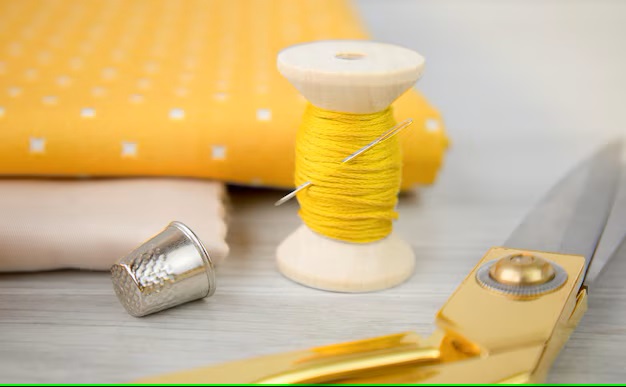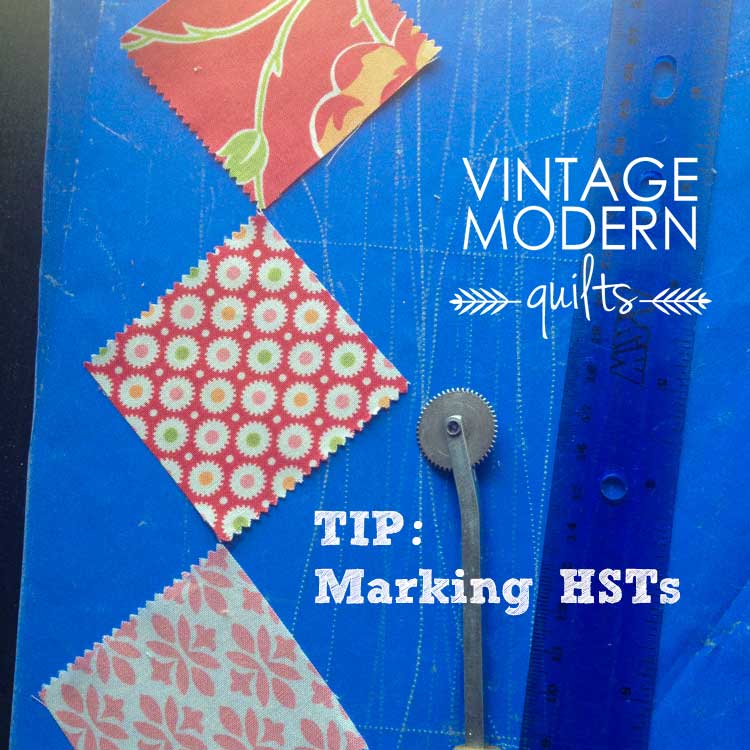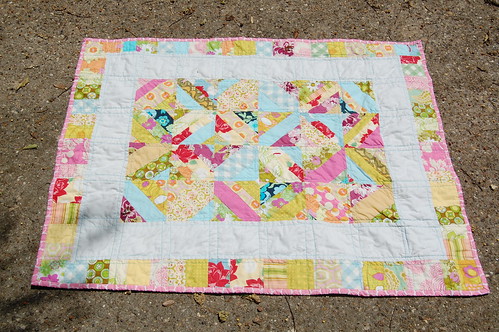Ultimate Guide to Sewing Piping for Perfect Upholstery
Creating visually stunning furnishings involves more than just choosing the right fabric. It encompasses a wide range of craftsmanship that enhances the overall aesthetic of any piece. Among the various methods to elevate your creations, the incorporation of decorative elements stands out as a transformative technique. This approach adds dimension and elegance, making your projects truly memorable.
Throughout this article, we will explore the intricacies of employing this technique effectively, enabling you to achieve flawless results in all your design endeavors. Whether you are a seasoned artisan or just starting your crafting journey, understanding these details will significantly improve the quality of your final product. Together, we’ll delve into essential strategies and tips that will empower you to master this skill.
As you embark on this journey, you’ll discover that even the smallest details can have a profound impact on your creations. Thoroughly learning how to integrate this technique not only enhances the appearance of your work but also reflects your dedication to craftsmanship. So, let’s dive into the fascinating world of trim artistry and unlock the potential of your creative expression.
Understanding Piping and Its Applications
Enhancing the visual appeal of home furnishings often involves intricate detailing. One of the most effective techniques to achieve a polished look is through the incorporation of trim elements. This detail not only serves an aesthetic purpose but also adds functional benefits to various textile projects.
What is Trim?
Trim, typically characterized by its corded structure, is applied along edges and seams of fabric items. It plays a crucial role in defining outlines and creating transitions between different materials. Additionally, it can help reinforce edges, preventing fraying and extending the life of the crafted item.
Common Uses of Trim in Home Decor
There are numerous applications for this decorative element in interior design. Here are some popular uses:
| Application | Description |
|---|---|
| Cushions | Enhances the shape and contour while providing a stylish edge. |
| Chair Covers | Offers a sophisticated finish and aids in fabric durability. |
| Curtains | Adds elegance and can unify different fabric textures. |
| Bed Linens | Provides a refined look while complementing bedding designs. |
Essential Tools for Sewing Piping
Creating well-finished edges and accents requires specific implements that enhance both efficiency and quality. The right set of tools ensures precise construction and allows for smoother processes, leading to an appealing end result.
Must-Have Instruments
Equipping yourself with the appropriate instruments is crucial. Here are some essential items you’ll find beneficial:
| Tool | Description |
|---|---|
| Tailor’s Awl | Ideal for making small holes and guiding fabric without damaging it. |
| Bias Tape Maker | Helps create uniform bias strips for edging and details. |
| Foot Pedal | Ensures hands-free operation, allowing for better control and precision. |
| Scissors | A sharp pair is essential for cutting fabric accurately and cleanly. |
Optional Enhancements
While the above tools are fundamental, several optional enhancements can elevate your experience. Consider investing in specialized feet for your machine or a fabric glue for temporary holds, allowing you to work seamlessly on your project.
Choosing the Right Fabric Materials
When embarking on a new project, the selection of suitable textile materials plays a pivotal role in achieving a desired outcome. Various fabrics can alter not just the aesthetics but also the durability and comfort of the finished piece. Understanding the characteristics of different materials ensures a well-considered choice that aligns with both functionality and design vision.
Types of Fabrics
There are numerous options available, each with its unique properties. Cotton is well-known for its breathability and softness, making it an excellent choice for casual settings. Polyester, on the other hand, offers resilience and easy maintenance, perfect for busy households. For a touch of luxury, velvet adds depth and texture but may require more careful handling. Considering where the item will be used is crucial, as certain materials are more suitable for high-traffic areas than others.
Considerations for Durability and Care
Durability is another essential factor in material selection. Fabrics like denim or canvas are renowned for their toughness, making them ideal for items that endure frequent use. Additionally, ease of maintenance cannot be overlooked. Some textiles are machine washable, while others may necessitate dry cleaning. Assessing the lifestyle needs of the user will guide you in selecting materials that not only look great but also withstand the test of time.
Step-by-Step Guide to Create Piping
Creating decorative trim can enhance the aesthetic appeal of various fabric projects. This process involves a few key materials and steps, allowing you to add a finishing touch to your upholstery endeavors. Below is a straightforward approach to crafting this stylish addition, ensuring that your projects stand out beautifully.
Materials Needed
To begin, gather the following items: fabric of your choice, a coordinating cord or rope for the fill, sewing machine, sharp scissors, measuring tape, and pins. Having these materials ready will streamline the crafting experience and help you achieve a polished result.
Crafting Steps
Start by measuring and cutting your fabric into strips, ensuring they are wide enough to accommodate the cord. Next, lay your cord in the center of the fabric strip and fold the fabric edges over the cord, pinning them securely in place. With your machine set up, stitch along the edge of the fabric, close to the cord, to hold everything together. Continue this process until you have the desired length. This method not only enhances the look of your textiles but also provides a sturdy and professional finish.
Attaching Piping to Upholstery Projects
Incorporating decorative trim into your fabric creations enhances their aesthetic appeal while providing a polished finish. This technique not only adds a unique touch but also serves to define shapes and edges, making your pieces stand out. Understanding how to secure this embellishment effectively is essential to achieving a seamless look that complements your work.
Before beginning, gather your materials and choose the right trim that aligns with the overall design. Preparation plays a critical role; ensuring that the elements are cut to size and ready for attachment will streamline the process. When positioning the trim, it is vital to maintain consistency in spacing and alignment to achieve that desired professional finish.
When attaching, use a combination of techniques that may include sewing, gluing, or both, depending on the fabric and the project’s requirements. Maintaining tension while working will help prevent wrinkles and bunching, ensuring a smooth application. It is advisable to test on scrap fabric first to perfect your technique and avoid any potential mishaps during the final application.
Once the trim is affixed, take time to inspect your work carefully. Make necessary adjustments and finish off the edges neatly to avoid fraying. By paying close attention to detail, you can ensure that the embellishment not only enhances the design but also withstands the test of time in your fabric creations.
Tips for Achieving Professional Results
Creating high-quality finishes in fabric projects requires attention to detail and a few essential techniques. By following specific practices, you can enhance the overall appearance and longevity of your work, giving pieces a polished, expert-level look. Here are some valuable suggestions to elevate your craftsmanship.
Choose the Right Materials
The foundation of any successful project begins with the selection of appropriate materials. Opt for fabrics that complement each other in texture and weight. Pay attention to the color schemes and patterns–ensuring that they harmonize will significantly improve the visual impact of your final creation. Additionally, use quality trim and support materials to ensure durability and a refined finish.
Master Precision Techniques
Precision is key when it comes to achieving a professional aesthetic. Make sure to cut your materials accurately and ensure all edges are neatly finished. Utilize appropriate tools, such as specialty clips or pins, to hold everything in place as you work. Finally, take the time to press your seams and edges carefully; this enhances the overall structure and crispness of your piece.
Q&A: Tutorial how to sew piping
What is piping, and how is it used in upholstery?
Piping is a decorative element made from a strip of fabric that is folded over a cord and sewn into seams. In upholstery, piping adds a polished finish to cushions, pillows, and sofas, giving them a professional look. It helps to define edges, preventing the fabric from fraying and enhancing the overall aesthetic appeal of the furniture.
Can I use any fabric for piping, or are there specific types that work best?
While you can technically use any fabric for piping, it’s best to choose fabrics that are durable and complementary to your upholstery material. Common choices include cotton, linen, or polyester, as they hold their shape well. It’s also advisable to use tighter weave fabrics, as they provide better structure and prevent fraying when cut and sewn.
What materials do I need to make piping for my upholstery project?
To make piping, you will need fabric for the outer covering, a cord (usually cotton or polyester) for added structure, and sewing supplies like a sewing machine, thread, scissors, and pins. Additionally, a piping foot for your sewing machine can help achieve a neat finish. Be sure to pre-wash your fabric to prevent any shrinkage after it’s sewn into the upholstery.
Is it difficult to sew piping, and what are some tips for beginners?
Sewing piping may seem challenging at first, but with practice, it becomes easier. For beginners, it is crucial to take your time and work slowly. Start by accurately cutting your fabric strips at the correct width—typically 2.5 inches for standard piping. Use a piping foot to sew the fabric around the cord, ensuring the stitching is tight and even. Always pin your piping in place before sewing to avoid any slippage, and don’t hesitate to experiment with scrap fabric to hone your skills before tackling a larger project.
How can I incorporate piping into various upholstery styles?
Piping can enhance a variety of upholstery styles, from modern to traditional. For a sleek, contemporary look, opt for a piping color that contrasts sharply with your main fabric. In traditional designs, matching the piping to the upholstery can create a cohesive appearance. Additionally, you can use contrasting patterns or fabrics for the piping to add a unique twist, especially on items like throw pillows or chair cushions. Always consider the overall color palette and design style of your space to ensure that the piping complements your furniture effectively.
What are the benefits of using a zipper foot for sewing piping?
Using a zipper foot allows for precise stitching along the edge of the piping, making it easier to sew the piping into a seam. It provides the flexibility to position the needle closer to the piping cord, which helps create a clean and professional finish. This is particularly useful for projects with curves and corners, as it enables you to manipulate the fabric more easily without interfering with the piping itself.
How do I make and sew piping from scratch?
To make your own piping, cut a strip of fabric on the bias, ensuring it is wider than the piping cord. Fold the strip in half and insert the cord, then pin the raw edges together. Using a piping foot on your sewing machine, sew along the edge of the piping, ensuring the cording stays snug. Once you have your piping ready, you can sew the piping into your sewing projects by pinning it in place with the raw edge aligned and the right sides together.
What is the best way to secure piping in a sewing project?
Start by pinning the piping into place along the raw edge of your fabric. Use the same seam allowance you will use for the project to ensure a consistent finish. Baste the piping to hold it securely while you sew. When you’re ready to sew, use a zipper foot or piping foot on your sewing machine to stitch the piping into the seam, keeping the stitch line close to the piping. This helps prevent any shifting during sewing.
How do I handle curves and corners when sewing with piping?
When sewing around curves, gently ease the piping into the seam while sewing. You may need to stop sewing occasionally to reposition the fabric. For corners, you should stop sewing before you reach the corner, lift the presser foot, pivot the fabric, and then continue stitching. This technique will help you avoid puckering and ensure that the piping stays neatly aligned along the edge.
What should I do if my piping gets unstitched while sewing?
If your piping becomes unstitched, don’t panic. First, stop sewing and gently pull the fabric to assess the situation. If the piping has come loose, you can re-baste it into place to secure it before continuing. If necessary, use a backstitch to reinforce the area where it came undone. Always make sure to trim any excess fabric or piping that might be interfering with the stitching, and then resume sewing as normal.
What are some essential sewing tips for using piping in my projects?
Some essential sewing tips for using piping include ensuring that the raw edge of the piping is aligned with the fabric edge before you start sewing. Pin the piping securely in place to prevent any shifting. When sewing piping using a zipper foot, maintain a consistent stitch length to create a professional finish. It’s also a great way to add visual interest to your sewing patterns, so don’t hesitate to experiment with colors and textures.
How can I effectively sew piping into a seam?
To effectively sew piping into a seam, start by laying your fabric right sides together and placing the piping along the raw edge. Pin the piping in place, ensuring it is securely fastened. When you sew piping using a straight seam, make sure to keep the piping aligned with the edge of the fabric. As you reach the end of the piping, backstitch to secure the seam, and remember to press the seam open afterward for a crisp finish.
What is the best way to make and use my own piping?
To make your own piping, cut strips of fabric on the bias, ensuring they are twice as wide as the cording plus seam allowance. Fold the strip in half with the wrong side facing out, and insert the cording. Iron it flat to create a neat finish. When you use piping in your projects, pin it to the raw edge of your fabric and sew right along the edge for a professional look.
How do I handle curves and corners when sewing piping?
When sewing piping around curves and corners, it’s important to go slowly. As you sew, gently ease the piping into the seam to avoid puckering. If necessary, lift the presser foot to pivot the fabric at corners, ensuring the piping stays aligned. This technique helps maintain a clean and even finish as you continue sewing around shapes.
What should I do if my piping is not lying flat after sewing?
If your piping is not lying flat after sewing, it may be beneficial to iron it flat with a low-temperature setting. Ensure that you press the seam open to release any tension. Additionally, you might need to trim the edges slightly to reduce bulk, making sure not to cut into the piping itself. This will help achieve a neat appearance and ensure the piping lays correctly in your project.
What are some effective tips and tricks for using bias binding in sewing projects?
For using bias binding effectively, always cut your fabric on the bias to allow for better flexibility around curves. When you start, place a piece of fabric on top of the bias binding and pin it securely. Use a straight seam to sew it in place, ensuring you catch both layers. If you’re using pre-made piping, make sure the piping is laid flat before stitching to avoid puckering. This technique helps in achieving a neat finish in your DIY sewing projects.
How can I make my own piping instead of using pre-made options?
To make your own piping, start by cutting strips of fabric on the bias. Each strip needs to be twice the width of the cording plus seam allowance. Once you have the strip, fold the fabric in half and insert the cording, ensuring it fits snugly. When you sew piping a straight seam, be careful to keep the cording centered. This method allows you to customize your piping to match your project perfectly.
What is the best way to handle corners and curves when stitching on the piping?
When stitching on the piping around corners and curves, it’s essential to go slowly and ease the fabric as you sew. If you need to make a sharp turn, lift the presser foot and pivot the fabric, ensuring that the piping stays aligned with the raw edge. This technique helps the piping lay flat and look professional, allowing you to go all the way around curves without distorting the fabric.
How should I prepare my fabric when using piping in a sewing project?
Before using piping, ensure that you have prepared your fabric correctly. Start with one layer of fabric first, then place the piping right on top of it. Pin it securely and use a stitch length appropriate for the fabric type to avoid any puckering. If you’re using a bought piping, make sure to cut any excess to fit your project dimensions, and press the seam open after sewing for a polished look.
What adjustments can I make if my piping isn’t laying flat after sewing?
If your piping isn’t laying flat, it may need some adjustments. First, press the piping flat with an iron, using a low temperature to avoid damaging it. Check that the fabric needs to be cut evenly, especially at corners where it may bunch. If there’s too much fabric, you might need to trim the raw edges. Adding an extra layer of bias tape along the edges can also help to stabilize the piping and improve its appearance.




